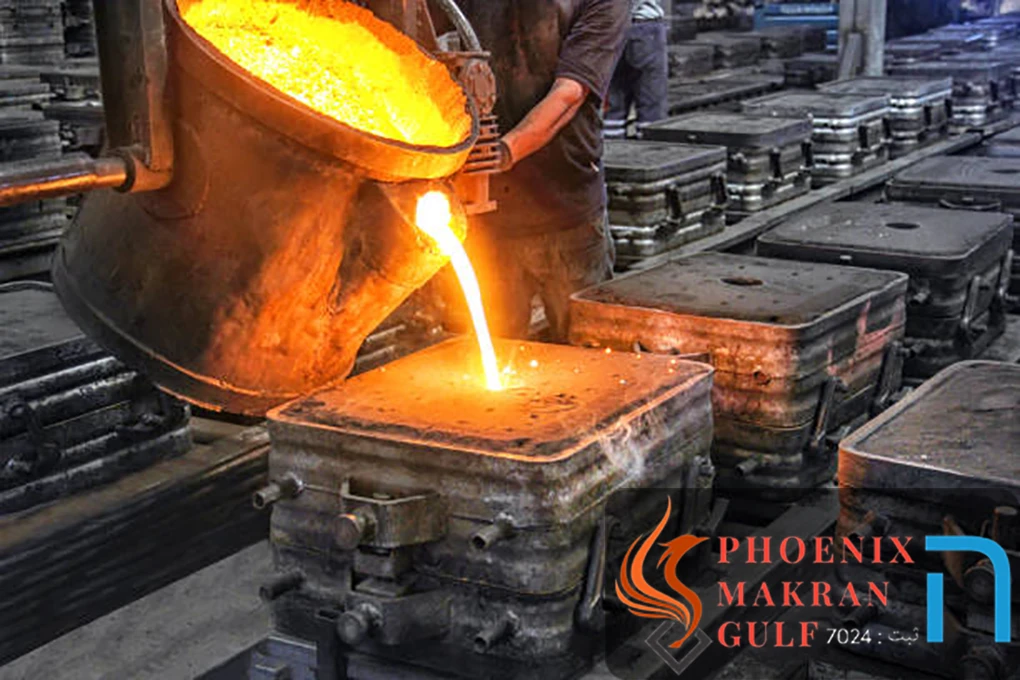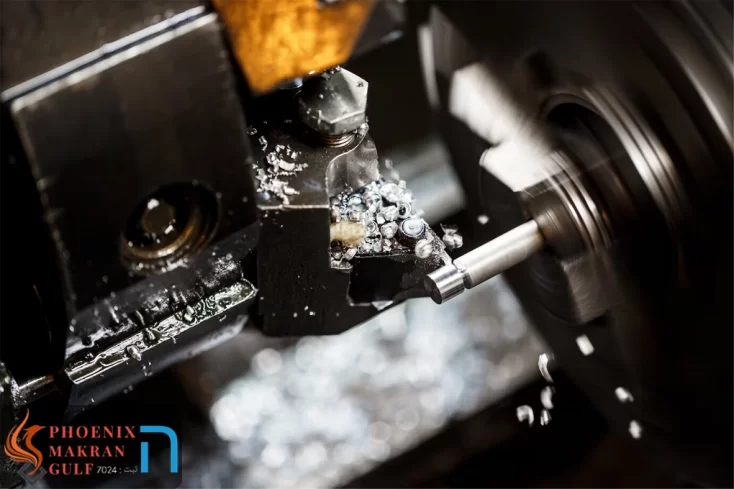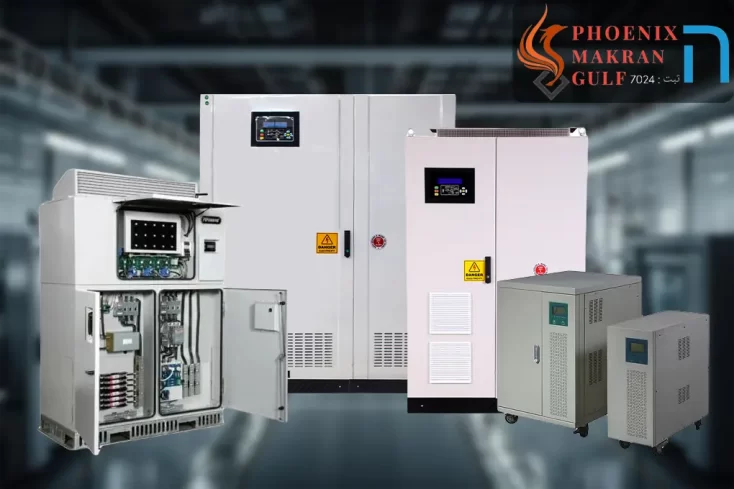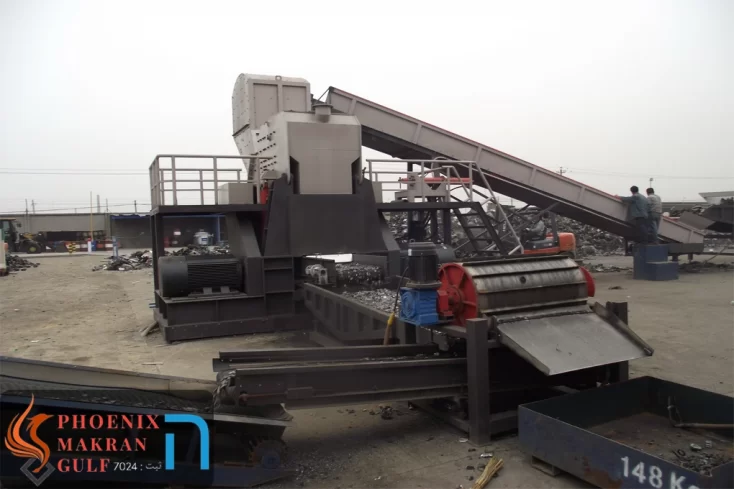What is casting?
Metal casting is a modern process with ancient roots. In the metal casting process, metal shapes are formed by pouring molten metal into the mold cavity, where it cools and is later extracted from the mold. Metal foundry is arguably the first and most influential industrial process in history.
Metal casting is one of the most efficient and versatile manufacturing processes today. There is a good reason. This technique, which involves pouring molten metal into a mold, is actually 7,000 years old and is used in both manufacturing and fine art.
Metal casting is the process of making objects by pouring molten metal into the empty space of the mold. Then the metal cools and hardens into the shape given to the model. Casting is often a cheaper method of producing a part than machining the part from a solid piece of metal. There are many methods of casting metal. Which type of foundry is most efficient depends on the metals used, the size of the run and the complexity of the casting.
See also: Separation of precious metals
Casting applications
Throughout history, metal casting has been used to make tools, weapons, and religious objects. Casting is an inexpensive way to create complex shapes and designs and easily create multiples of an object. The metal casting process has a wide range of applications throughout manufacturing, especially in the technology development and transportation industries. foundry sizes can range from a few grams, such as ring castings, to thousands of pounds, such as a diesel engine. Cast forms vary in complexity from something quite simple to very complex.
It is widely used for making sculptures, jewelry, transportation, weapons and tools.
Traditional methods of metal casting include lost wax casting, plaster mold foundry, die casting, and sand casting. These metal foundry processes may be completed in a foundry or a jewelry studio.
It is used to make many metal objects used in our daily lives: car parts, train wheels, lamp posts, and more. In addition, metal foundries rely on metal recycling as a cost-effective source of raw materials, significantly reducing scrap metal that may end up in landfills.
It is generally used in the following casting industries and productions:
- Automobile, aerospace, railway and shipping
- Machining tools
- Home Appliances
- Construction equipment
- Electrical components
- Agricultural equipment
- Weapons, tools and defense equipment
- Art objects and sculptures
Metal casting process
Making a pattern
The metal casting process begins with a pattern, which is a model of the final part that will be made. Typically, patterns are made of wood, metal, or plastic, and can also be made through machining or 3D printing.
molding
In the next step, it is made using the mold template. Molds can be reusable, meaning they are used repeatedly to cast the same parts, or they can be disposable, meaning they are used only once and are destroyed in the casting process. .
Melting and casting of metal
The metal is heated to melt and poured into the mold cavity. Steel, stainless steel, aluminum, copper, magnesium and zinc are the most common types of metal used in metal casting.
The final stage
Once the metal has cooled and solidified, the final mold is removed from the formed shape. The final stage is finishing, which includes filing, cleaning and polishing the metal part. Finishing steps can also include machining and drilling.

Types of metal casting methods
Generally, they are divided into reusable molds and disposable molds.
Permanent templates
Permanent molds are usually made of a metal that has a higher melting point than the metal they are filled with. The liquid metal is poured without any external pressure. Permanent molds should be simple enough to be removed from the final casting for reuse.
Semi-permanent molds
The only change in semi-permanent mold casting is that the muscle (inner part of the mold receiver) used in the foundry process may be reusable sand muscle. More complex muslin or spigot shapes are possible with sand cores because they do not need to be extracted from the final casting.
Sludge casting
This colorfully named style of casting creates hollow castings by simply covering the inside of the mold with a small amount of metal, without the need for an inner core or core, creating a metal shell. In this method, small amounts of liquid can be poured into the mold and swirled to coat the inside with metal. Alternatively, the mold can be completely filled and then the excess material is poured out after a specified cooling time. Zinc, aluminum and pewter are the metals that are usually cast as sludge.
Centrifugal casting
In true centrifugal casting, a water-cooled mold rotates around its central axis at high speed while liquid metal is poured into it. Centrifugal force pulls the liquid metal along the mold surface in a uniform layer. For this method to work, the final casting must have uniform geometries around the axis of rotation. So this casting shape is best for molds that are roughly cylindrical or circular, such as tubes or rings.
Objects cast in this manner usually have a very low defect rate. Impurities end up in the hole or inner surface of the foundry and can be machined. Most pipes or fittings used under pressure are centrifugally cast due to the strength of the seamless construction.
Some small metal castings, such as jewelry, are made using a centrifuge that spins the entire mold around a central point, pulling the metal out of an opening as it spins.
See also: Two shaft shredder (waste shredder)
Die casting
Die casting methods use forces other than gravity to control the flow of metal into a permanent mold. Air or gas, vacuum, mechanical or centrifugal forces are all used in die casting. This method allows to precisely control the speed of mold filling.
Vacuum casting draws metal into the mold when the mold is depressurized, and the vacuum created pulls the liquid metal up from the reservoir below. The vacuum must remain on until the metal cools, and so this method is mostly used for thin-walled castings.
All casting machines also use some form of pressure to help create the casting.
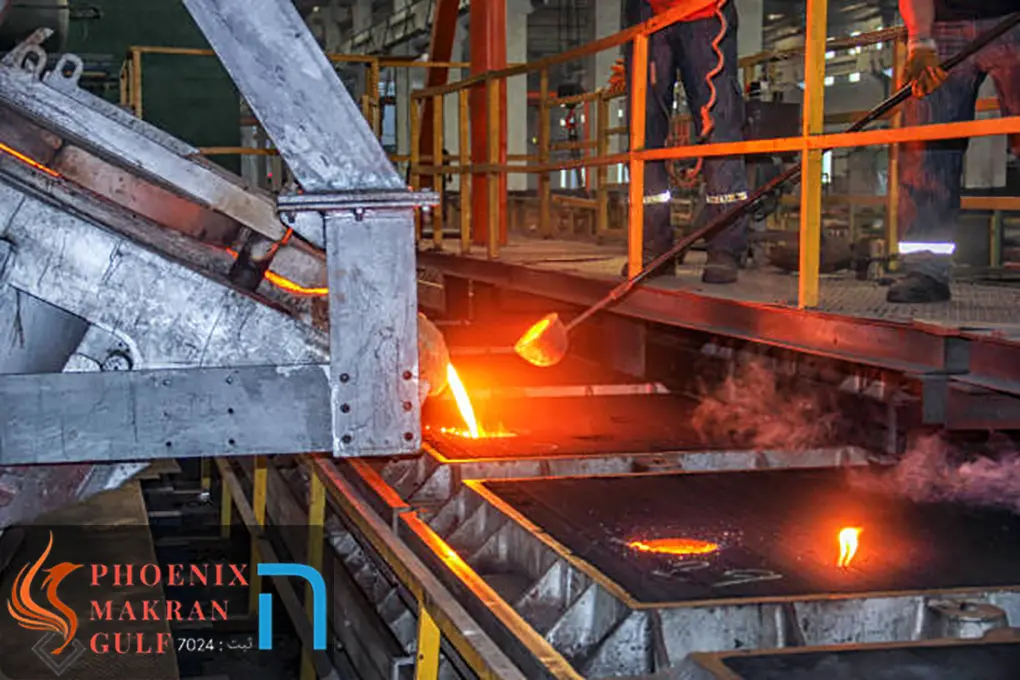
iron casting
Casting machines consist of a pool containing molten metal, a metal die or mold on two plates, and an injection system that draws the material and injects it under pressure into the mold.
The casting process begins with an open mold. The nozzles spray the mold with a lubricant to prevent the part from sticking. Then the two halves of the mold are closed and the closed mold is injected using a pressure nozzle. The new casting is given a moment to cool before the mold is opened. The ejector pins push the new foundry out of the mold and then the process starts again.
There are two forms of metal injection in iron casting. Cold chamber casting works like a syringe: before each mold is cast, an injection chamber must be filled with molten metal, and then a piston pushes the contents of the injector into the mold. Diecasting works with a hot pocket or gooseneck by dipping the injection system housing into molten metal, where the shape of the system means that the injector is refilled. Hot chamber casting pushes this material into the mold by piston or air pressure.
Different types of metal castings
- Sand casting
- Die casting
- Precision Casting
Modern casting
Almost every mechanical device we use today, from cars to washing machines, is manufactured using metal parts created using the casting process. The difference between today’s cast metal products and those made even 100 years ago is the precision and tolerances that can be achieved through the computer-aided design process and modern methods of manufacturing precision cores and molds. Today’s metal castings represent innovation at work.
Over the centuries, various combinations of raw materials have been developed to produce a variety of metals. Some foundry products are used in engines that require high tolerance to heat and cold. Cast iron pipes must resist corrosion and high pressure. Other castings should be lightweight but durable. In many applications, parts are designed to provide precise tolerances between expansion and contraction.
See also: Separation of precious metals
Design and manufacture of industrial machines
Phoenix Makran Gulf Company, is a manufacturer of shredders and recycling machines., for information and orders, refer to the link below.

